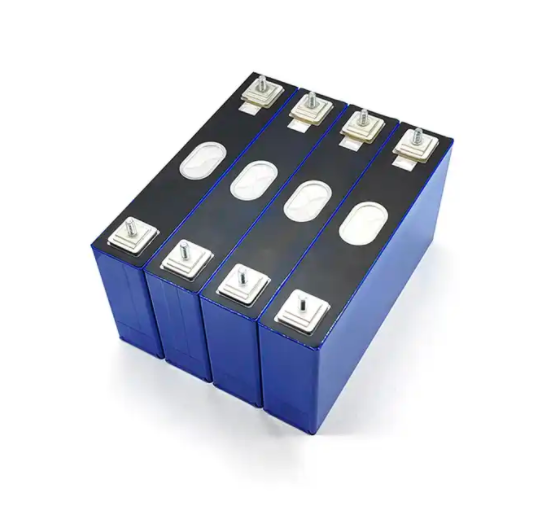
LiFePO4 batteries stand as an efficient source of energy storage, but improper handling can lead to damaging consequences. Among the top concerns are over-discharge and overcharge, two scenarios that pose significant threats to the structural integrity, performance, and lifespan of these batteries. In this article, we delve into the critical implications of these operations and explore the best practices for ensuring optimal LiFePO4 battery health.
Over-discharge occurs when a LiFePO4 battery is completely drained yet continues to discharge under the influence of voltage. This triggers the formation of copper dendrites, a culprit behind increased internal resistance, reduced capacity, and a shortened battery lifespan. To combat over-discharge, deploying protective mechanisms such as Battery Management Systems (BMS), Protection Circuit Modules (PCM), or Printed Circuit Boards (PCB) is vital. Avoiding full discharge also plays a pivotal role in preventing this damaging scenario.
Recovering an over-discharged LiFePO4 battery is possible to some extent by using a parallel charging board to connect it to a standard 3.2V LiFePO4 battery. However, this method only works if the battery's voltage hovers around 3V post-over-discharge. Batteries with significantly lower voltages are beyond salvage due to irreparable damage to the active battery material.
Overcharge, another critical concern, arises when a charger administers a voltage higher than the LiFePO4 battery's standard charging voltage. This leads to the formation of lithium dendrites, causing internal short circuits, heat generation, and a notable decline in battery performance.
Preventing overcharge is imperative. Utilizing an appropriate charger specifically designed for LiFePO4 batteries and steering clear of those tailored for lead-acid batteries is essential. Incorporating protective measures like BMS or PCM proves crucial, as these devices intervene by halting charging at abnormal battery voltages.
Both over-discharge and overcharge are formidable adversaries that compromise LiFePO4 battery health and performance. Mitigation measures offer limited recovery options, emphasizing the importance of preventive strategies. Leveraging protective devices and adhering to proper charging practices stand as the cornerstone for safeguarding LiFePO4 batteries, ensuring they deliver sustained, high-quality, and reliable power assistance.
In conclusion, understanding and implementing preventive measures against over-discharge and overcharge play a pivotal role in maximizing the potential and lifespan of LiFePO4 batteries. It's not just about remediation; it's about safeguarding these energy storage solutions for consistent, reliable performance over the long haul.
Next:Understanding Battery Inconsistency: Impact on Energy Storage and Solutions for Optimization
Previous:Understanding Energy Density in Battery Storage Systems
Contact Person: Miss. Elsa Liu
| WhatsApp : | +8617763274209 |
|---|---|
| Skype : | +8617763274209 |
| WeChat : | 17763274209 |
| Email : | Elsa@lifepo4-battery.com |